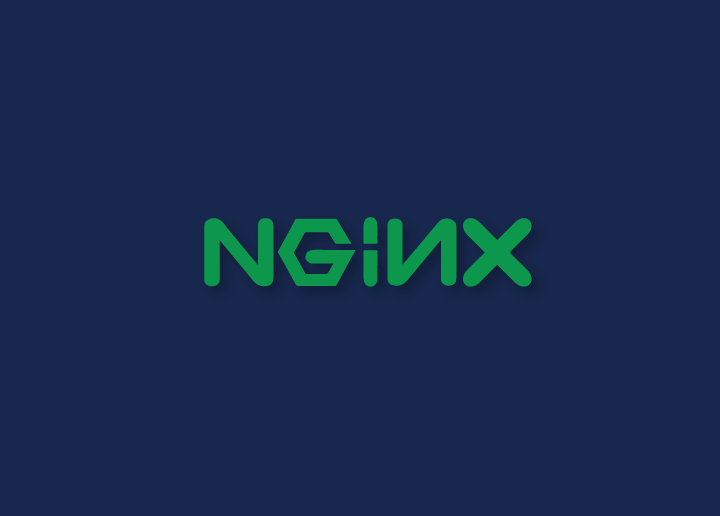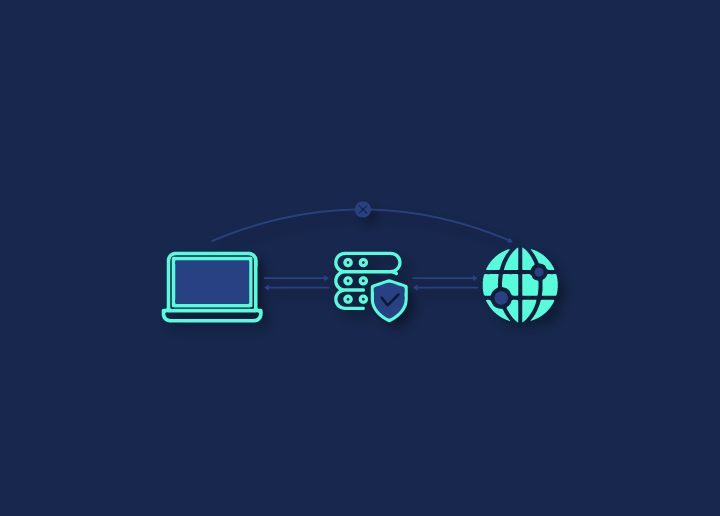A static file server is an open-source web server that permits you to serve static files, as it is fast, lightweight, and high-performance. The NGINX web server has been regarded as the most popular web server behind Apache and IIS. It is because NGINX delivers content and applications faster, improves security, and improves scalability and availability. To summarize, we can say that NGINX is just part of a larger group of software used as part of web servers to serve simultaneous requests to users.
How Does NGINX Work?
The NGINX web server is designed to use a low amount of memory and to provide a high amount of concurrency. As a result, NGINX does not create a separate thread to handle each web request. Instead, it uses an asynchronous, event-driven approach composed of a single thread that takes care of all web requests simultaneously.
Multiple worker processes can be controlled by one master process with NGINX. While the master manages the worker processes, the workers are responsible for creating and processing the data. In addition, because NGINX runs asynchronously, each request can be executed concurrently by each worker without affecting other requests.
It is possible to divide NGINX ‘s job into two parts: the worker process and the worker connections. A worker connection is used here to manage the requests made by users on the web server, as well as the responses they receive; at the same time, these requests are passed onto their parent process called the worker process, which in turn manages the requests.
Why use NGINX?
There are several services provided by NGINX, such as reverse proxy, load balancer, and rate limiting network services, among others. When you have multiple web services listening on different ports and we want to reroute requests internally, reverse proxying is valuable if we have numerous public endpoints that you want to use as reverse proxying. Using this approach, you can host multiple domain names on port 80; we will use different NodeJS, Go, and Java libraries behind the scenes to power various web services for each domain.
What can NGINX and NGINX Plus Do for You?
High-traffic websites like Netflix, Dropbox, and Zynga use NGINX and NGINX, web servers, and application delivery solutions. Likewise, Google, Netflix, Twitter, Facebook, and other of the world’s busiest websites rely on NGINX and NGINX Plus to securely, reliably, and quickly deliver their content.
NGINX makes hardware load balancers obsolete
With NGINX, you can build modern cloud architectures with greater flexibility and less expense than with hardware load balancers. In addition, On-the-fly reconfiguration is supported by NGINX plus, and it integrates with modern DevOps tools, making monitoring more straightforward.
NGINX is a multifunction tool
It is possible to achieve this by using NGINX, which can be used as a load balancer, a content cache, a reverse proxy, and our web server via NGINX. In addition, with NGINX Plus, you can quickly get fast customer support responses and help diagnose any part of the stack that is using NGINX Plus and NGINX.
NGINX keeps evolving
For the past decade, NGINX has played a pivotal role in shaping the modern web and contributing to its development on various topics, including HTTP/2 support, microservices, and federation. NGINX Plus continues to add features to ensure flawless application delivery as the development and delivery of web applications continue to evolve.
It is worth mentioning that if you are interested in reading more articles of this type, you can do so at Seahawk Media.


















